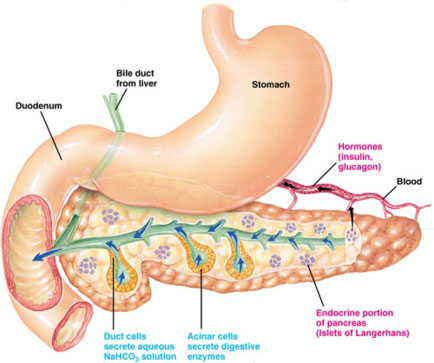 W hat is gluten sensitivity? Gluten sensitivity implies that there is an ongoing immune reaction to gluten in the diet. Gluten sensitivity is detected as antibodies against a subprotein called gliadin. Gluten/gliadin is found in wheat, rye, barley, oats, spelt and kamut. Hidden sources of gluten can be found in soy sauce, beer, food starches, food emulsifiers, food stabilizers, artificial food coloring, malt extract, malt flavor, syrup and dextrins.
W hat is gluten sensitivity? Gluten sensitivity implies that there is an ongoing immune reaction to gluten in the diet. Gluten sensitivity is detected as antibodies against a subprotein called gliadin. Gluten/gliadin is found in wheat, rye, barley, oats, spelt and kamut. Hidden sources of gluten can be found in soy sauce, beer, food starches, food emulsifiers, food stabilizers, artificial food coloring, malt extract, malt flavor, syrup and dextrins.
What is the prevalence of gluten sensitivity? In the general U.S. population gliadin antibodies are found elevated in 12 percent of those tested. Stool antibodies can be detected in as many as 35 percent of the general population. Gluten sensitivity that causes intestinal damage results in celiac disease. Celiac disease will result in damage to the villi in the intestines. Gluten sensitivity with no intestinal damage is sensitivity only. Gluten reactivity is known to affect tissues such as myelin (nervous system), cartilage, skin, vascular endothelium (blood vessels), liver and kidney, pancreas, etc…
Gluten and celiac disease can be initially screened with stool and saliva tests which will determine antigliadin antibodies. If these tests come back positive, then the HLA-DQ, which can be done as cheek swab or blood test, can determine if this is genetic or hereditary (passed on from Mom and Dad.) HLA stands for Human Leukocyte Antigen, which are certain molecules found on the surface of the cells. HLA molecules are involved in immune regulation. The really nice thing about running the HLA-DQ is it can assess the probability rather than waiting for the disease (celiac) to show up. If the HLA-DQ is positive then you will need to remove glutens from the diet permanently. The HLA-DQ is ideal to screen family members (especially children) for the odds that they have or will develop gluten sensitivity. Research has shown that parents who are positive for HLA-DQ are 50 to 100 times more likely to pass it on to their children. other tests include transglutaminase, small intestine biopsy, endomysial antibodies and fecal fat microscopy. For every one person in the general population who has antibodies for celiac disease (positive HLA-DQ, positive tranglutaminase), there are 24 people that have antibodies to gliadin that may not be expressing the symptoms of celiac disease. Symptoms to look out for celiac disease include: weight loss, fluid retention, anemia, osteoporosis, bruising easily, peripheral neuropathy (nerve damage), infertility and muscle weakness.
You probably asking yourself, “Hey, what does gluten sensitivity have to do with chiropractic and acupuncture?” Patients present to our offices with symptoms such as cerebella ataxia, multiple sclerosis, peripheral neuropathy, attention and memory impairment, epilepsy, headaches, migraines, digestive difficulties, etc… Many times, patients with difficult conditions need further evaluation in order to find that “needle in the haystack.” Treatment for gluten sensitivity will follow in a future article.
God bless America and all of our troops. Yours in good health.